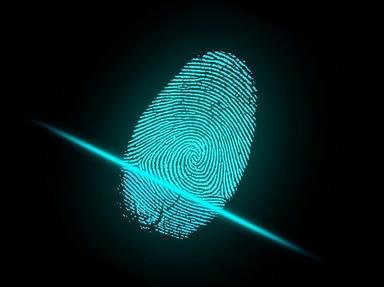Quiz Answer Key and Fun Facts
1. Detectives often start their investigation of a crime with the question 'Cui bono?' (Who benefits?). By the 21st century, those answers have become more complex and obscure. Forensic evidence has become the decisive factor
in many cases. Where does the term 'forensic' originate?
2. Forensic science and Forensics have become interchangeable terms, forensic now interpreted to mean what?
3. The creator of one famous detective was responsible for many police procedures used by investigators today. Who was it?
4. Forensics is used in many fields other than crime. Which of these is NOT one of them?
5. The discovery of the structure of DNA in 1953 was a great leap forward for forensic science. Who were awarded the Nobel Prize for this?
6. According to legend, Archimedes, the streaker, was once asked to judge whether a king's crown had been made from pure gold or had some silver substituted. How did he determine this?
7. A Chinese book from 1248 AD tells of an investigator tasked with finding a murderer. He had figured out the implement used and narrowed his field of suspects. What did he employ as a tool in his study of the case?
8. During the centuries that followed many discoveries were made and many theories recognized. By 1773 a Swedish chemist could detect a substance in corpses and by 1806 a German scientist could find the same in the walls of the deceased's stomach. What did they find?
9. In ballistics, some theories have been used that did not hold up years later. One discarded theory was used in the initial investigation and findings of which event?
10. Trace evidence analysis is used on which items?
Source: Author
alexis722
This quiz was reviewed by FunTrivia editor
CellarDoor before going online.
Any errors found in FunTrivia content are routinely corrected through our feedback system.

